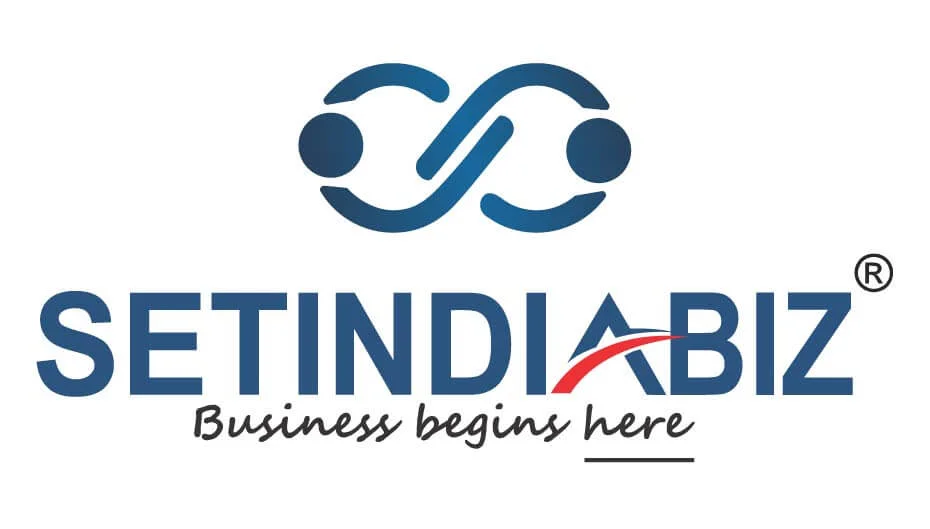-
Knowledge
-
Curated Articles,
Explainers
Guides
Start Business
FDI & FEMA
Non Profit Business (NGO)
Fincorp/NBFC
Income Tax & GST
Labour Laws & Payroll
Startup Basics
Director Identification Number (DIN)
Understanding Company
Pvt Ltd Incorporation
Incorporation Draft Formats
Incorporation Basics
Foreign Investment (FDI)
FDI Policy
Legalisation of Documents
Branch Office
Branch Office Setup
Liasion Office
Liasion Office Setup
Trademark
Trademark Basics
Trademark Filing
Trademark Search
Copyright
Copyright Basics
FRCA
Basics
NBFC
Basics
GST
GST Basics
Export under GST
Income Tax Rates
Income Tax Rates
TDS/TCS Rates
Income Tax Notice
EPFO & ESIC
EPFO Compliance
Professional Tax
Karnataka

